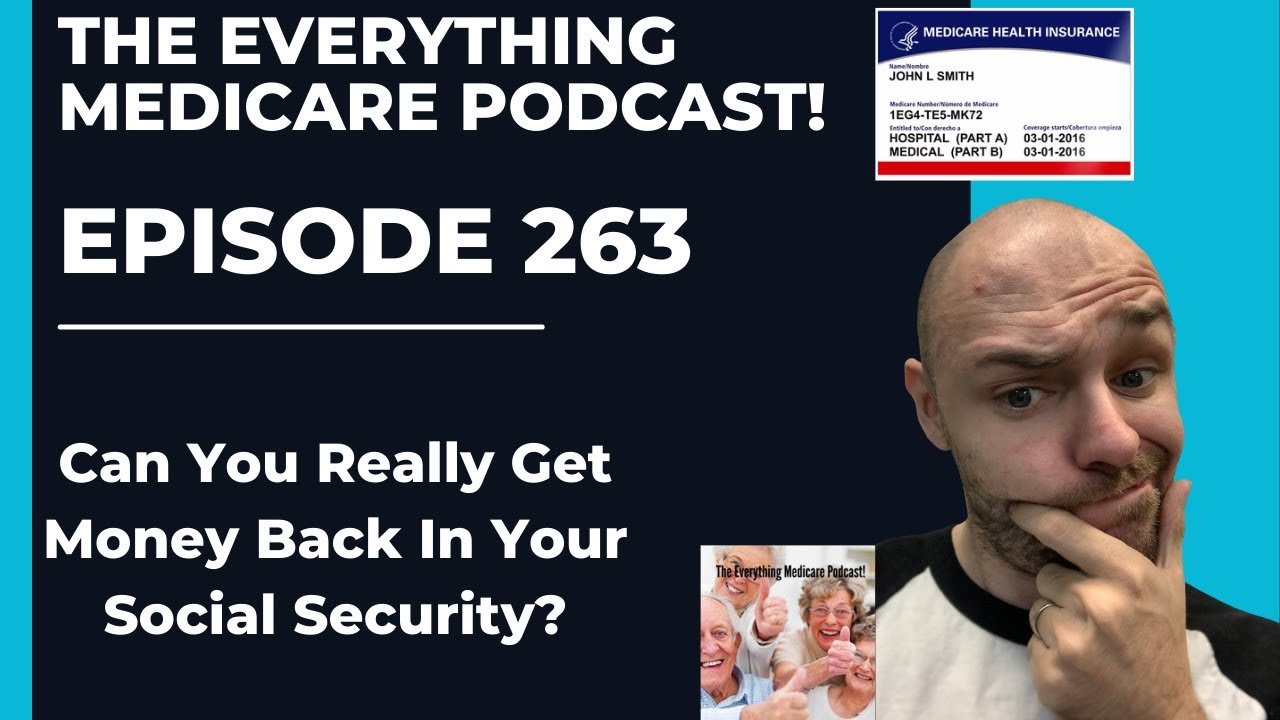Are you looking for ways to maximize your retirement savings? If you’re enrolled in Medicare, you may be able to get some of your hard-earned money back each month through a unique benefit called the “Medicare Part B Giveback” or “Premium Reduction.” In this article, we’ll dive deep into this often-overlooked feature and explore how it can help stretch your retirement dollars further.
What is the Medicare Part B Giveback?
The Medicare Part B Giveback, also known as the “Social Security Giveback” or “Part B Premium Reduction,” is a rebate offered by certain Medicare Advantage plans. Essentially, these plans will reimburse a portion of your monthly Medicare Part B premium, which is automatically deducted from your Social Security benefits or paid directly to Medicare if you’re not yet receiving Social Security.
This rebate can range from a few dollars to over $100 per month, depending on your plan and location. The giveback amount is typically applied to your Social Security check or deducted from your Part B premium, effectively putting more money back into your pocket each month.
How Does the Giveback Work?
Medicare Advantage plans that offer the Part B Giveback receive a rebate from the Centers for Medicare & Medicaid Services (CMS) for providing Part A and Part B services at a lower cost than the maximum amount CMS is willing to pay in a particular county. The plans can then choose to use this rebate to reduce out-of-pocket costs, offer additional benefits like dental or vision coverage, or provide a partial refund on the Medicare Part B premium – the giveback.
If you’re eligible for the giveback and enroll in a participating plan, you don’t need to do anything special to activate it. The monthly rebate amount will automatically be applied to your Social Security check or deducted from your Part B premium payment.
It’s important to note that the giveback is not a one-size-fits-all benefit. The amount you receive (if any) will depend on your location and the specific plan you choose. Some plans may offer a larger giveback but have higher out-of-pocket costs or limited coverage for your medications or preferred healthcare providers.
Is the Giveback Worth Switching Plans?
While the prospect of getting money back each month may sound appealing, it’s crucial to consider the overall value and coverage of a Medicare Advantage plan before making a decision based solely on the giveback amount.
Here are some key factors to evaluate:
- Coverage for your medications: Make sure your current prescriptions are covered at an affordable cost.
- Access to your preferred healthcare providers: Check if your doctors, specialists, and hospitals are in the plan’s network.
- Out-of-pocket costs: Compare deductibles, copays, and coinsurance rates for services you’re likely to use.
- Additional benefits: Consider the value of extras like dental, vision, or hearing coverage.
If you find a plan that meets your healthcare needs, covers your preferred providers, and offers a reasonable giveback amount, it may be worth considering a switch. However, if the plan has higher out-of-pocket costs or limited coverage for your essential services, the giveback may not be enough to offset those expenses.
How to Find Plans with the Giveback
To find Medicare Advantage plans that offer the Part B Giveback in your area, you can use the Medicare Plan Finder tool on the official Medicare website. When comparing plan details, look for a section labeled “Part B Premium Reduction” or “Premium Giveback.” Plans with a “Yes” in this section may offer a partial refund on your Part B premium.
Keep in mind that the giveback amount may not be immediately visible, and you may need to contact the plan directly for more details.
Additional Assistance for Medicare Costs
If you’re struggling to afford your Medicare premiums or out-of-pocket costs, there are other programs available to help:
- Medicare Savings Programs: These state-run programs can help pay for Medicare Part A and Part B premiums, deductibles, and copayments based on your income and assets.
- Extra Help Program: This federal program assists with Part D prescription drug costs for individuals with limited income and resources.
Your local State Health Insurance Assistance Program (SHIP) can provide more information on eligibility and application processes for these cost-saving programs.
The Bottom Line
While the Medicare Part B Giveback can be a valuable addition to your retirement income, it’s essential to carefully evaluate the overall cost and coverage of any Medicare Advantage plan before making a decision. Remember, the giveback amount should be considered a bonus rather than the primary factor when choosing a plan that best suits your healthcare needs and budget.
By taking the time to understand your options and seeking assistance when needed, you can make an informed decision and potentially maximize your Medicare benefits while keeping more money in your pocket.
Medicare Part B Give Back Benefit – What’s The Catch?
FAQ
Is it true that you can get money back from Medicare?
How do you qualify for Medicare cash back?
How do you qualify for Medicare premium refund?

